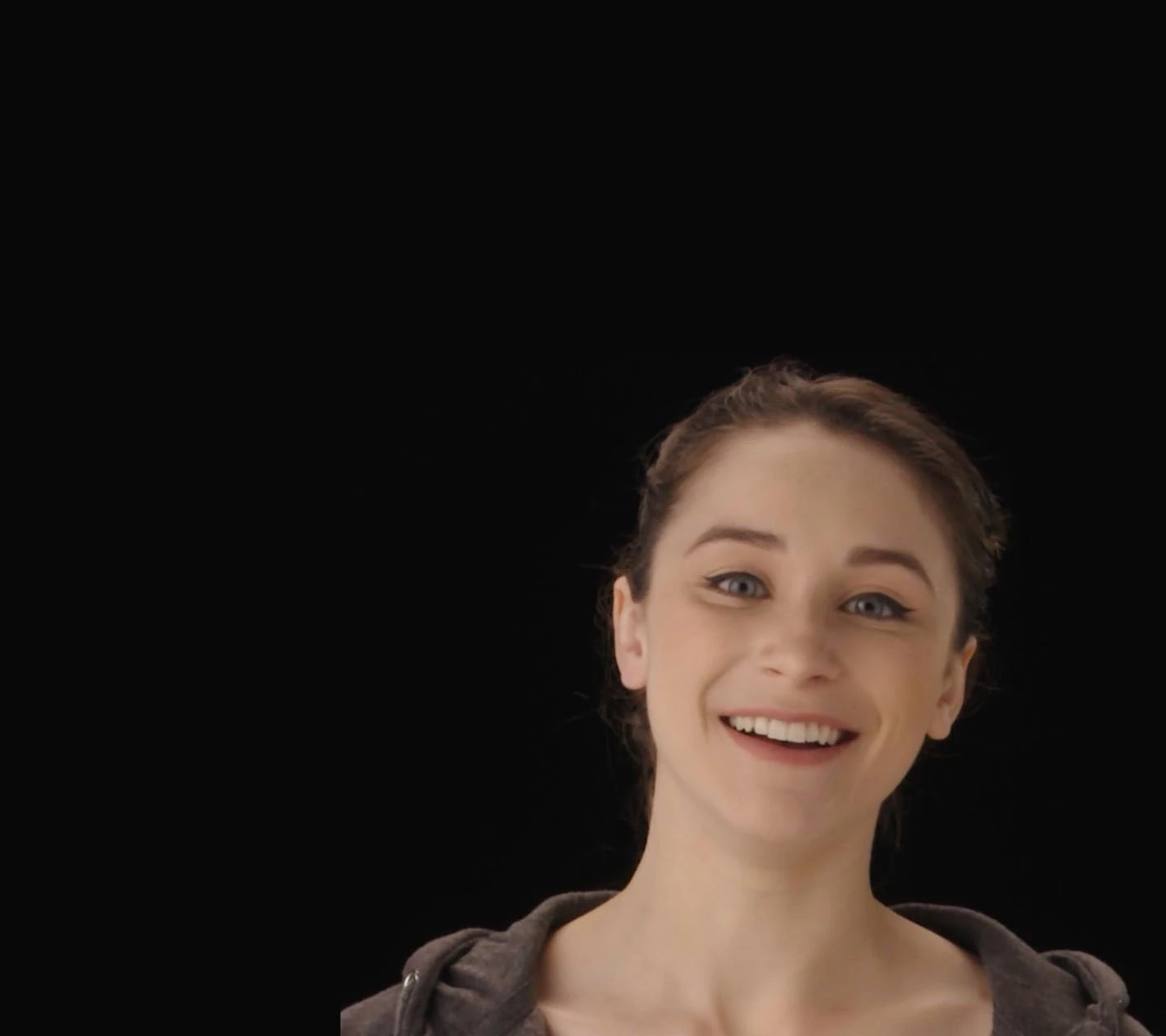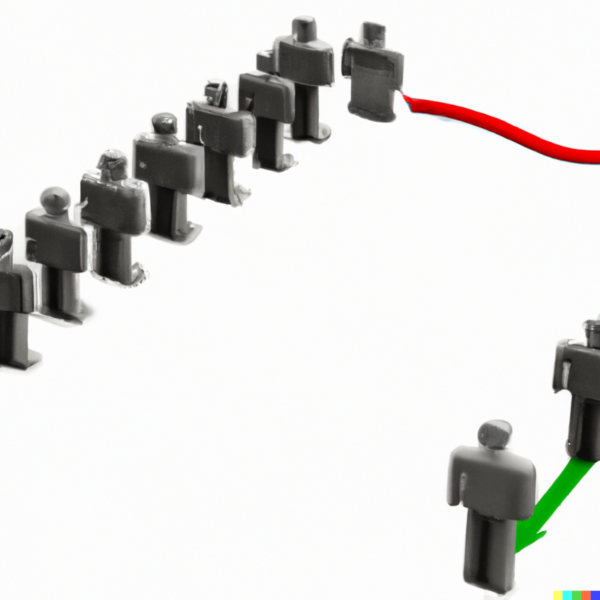In today’s fast-paced world, understanding and measuring stress levels is paramount. While various methods exist to detect stress, the analysis of facial expressions emerges as a promising and non-invasive technique. But how reliable is this method, and what does recent scientific research reveal?
Measuring Stress Level: Historical Perspective
Historically, stress detection was a blend of art and science. Early methods relied heavily on:
- Self-reports: Individuals would describe their feelings, often using scales or questionnaires.
- Observational Methods: Experts would observe behavioral cues, such as fidgeting or voice changes, to infer stress.
- Physiological Measures: Early tools like the polygraph (lie detector) measured physiological responses, such as sweat and heart rate, to detect stress. However, these methods were not always precise and could be influenced by various factors.
Modern Techniques in Stress Detection
With technological and research advancements, several modern techniques have emerged:
- Heart Rate Variability: Monitoring variations in consecutive heartbeats.
- Cortisol Level Measurements: Assessing the level of cortisol, a stress hormone, in the body.
- Brain Activity Monitoring (e.g., EEG): Observing brain wave patterns to detect stress.
Facial Expressions and Stress
Recent research underscores the potential of facial expressions as indicators of stress levels. A study by Jennifer S. Lerner, Ronald E. Dahl, Ahmad R. Hariri, and Shelley E. Taylor titled “Facial Expressions of Emotion Reveal Neuroendocrine and Cardiovascular Stress Responses” provided significant insights:
- Fear as an Indicator: Pronounced fear expressions correlate with higher cardiovascular and cortisol responses.
- Anger’s Protective Role: Prolonged displays of indignation or anger indicate lower cortisol and cardiovascular responses.
- Disgust’s Inverse Relationship: Intense displays of disgust are inversely related to cortisol responses and some cardiovascular parameters.
MorphCast’s Role in Stress Detection
With the increasing evidence supporting facial expressions in stress detection, tools like MorphCast’s facial emotion recognition technology can play a pivotal role. MorphCast’s Emotion AI is adept at detecting various emotions, including:
- Fear and Disgust: As highlighted by the research, these emotions have specific correlations with stress responses. MorphCast’s software can identify these emotions, making it a valuable tool for stress detection.
- Emotion Detection Model: The software estimates the presence and respective intensities of facial expressions based on the Ekman discrete model. This model encompasses seven core emotions: anger, disgust, fear, happiness, sadness, surprise, and a neutral expression.
By analyzing facial expressions in real-time, MorphCast offers immediate insights into an individual’s stress levels, aligning with the latest scientific findings and providing a non-invasive method for stress detection.
Conclusion
As we delve into the question, “how do you measure stress level?”, facial expressions emerge as potent indicators. Embracing an emotion-specific approach to stress responses can pave the way for more nuanced and effective stress detection methods in the future.




